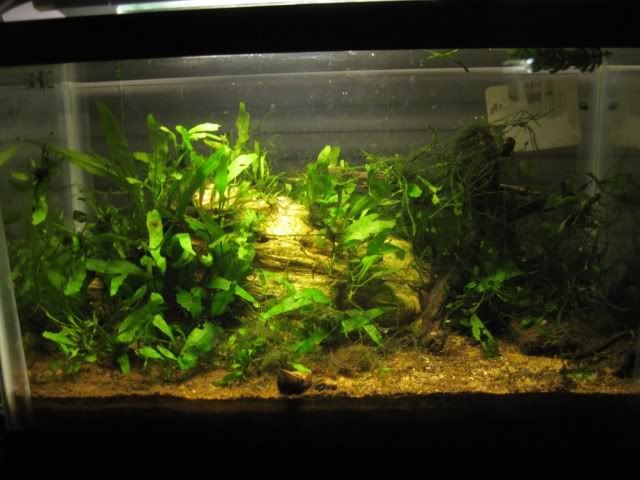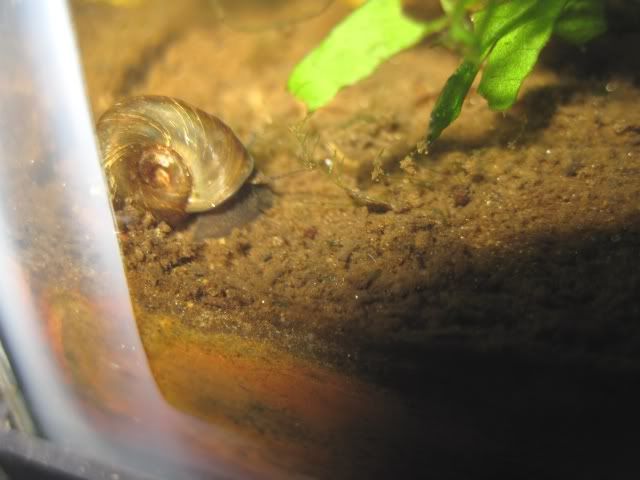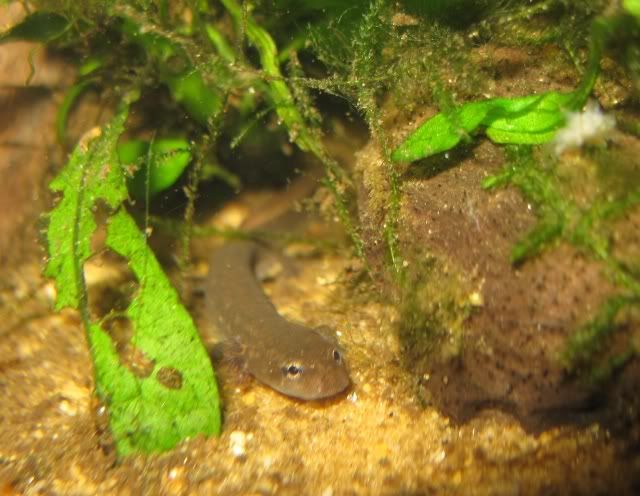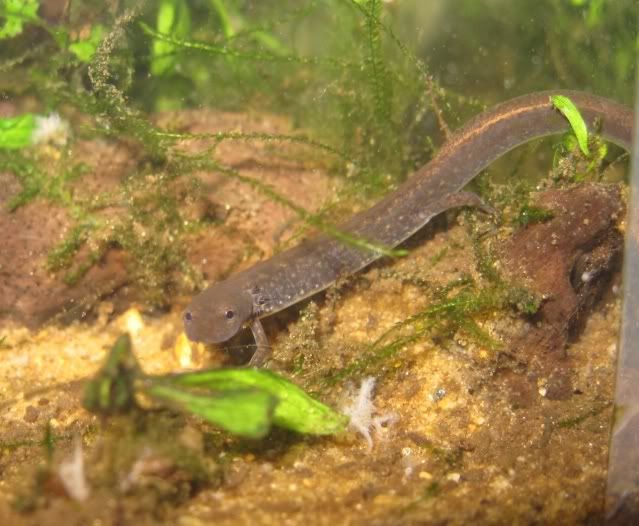The nitrate went to 0 ppm and the Ceratophyllum melted.
Hornwort has a much higher affinity for nitrate than most aquarium plants. No surprise it doesn’t do well at 0ppm nitrate. The algae may very well have been outcompeting it for the rest of the nutrients. With rooted plants in a good substrate it’s a whole different ball game.
A large part of Diana Walstad’s book,
Ecology of the planted aquarium, is dedicated to discussing the competition between plants and algae, and how plants can actually outcompete algae. I could give many quotes from her book that explain this and the fact that intense light isn’t necessarily what algae thrive on, but, alas, I fear this just becoming a he said/she said argument with no real value that’s attached to a thread meant for something different. That said, these snail and algae discussions would have made great threads all on their own.
Years ago I had a 20 gallon that remained unpowered and without water changes for several years. It was set up with an undergravel filter that remained after the air pump was no longer used. I never run any test on it or monitored temperatures, but two silver dollar fish lived in it till the house burned down. Plants put in it never did well, nor did pond snails. The snails tended to die fairly quickly, but the plants just never grew well but remained more or less alive. These fish lived the entire time without even any feeding.
I intend on experimenting with unpowered system this summer.
That's really interesting. What do you think the fish were feeding on?
I've posted at length about my filterless plant tanks way back so I won't go on again...
Thanks for adding here Mike. I've read some of your older posts and really enjoy them. I love the account of your 2.5 mini here too. I've wondered if I have enough daylight during the winter months in Ohio to try something like this, but it seems like if it can be done in Massachusetts then it should work here as well.
I'm a little confused by the use of the term "unfiltered aquariums" in this thread.
Yeah, I apologize for the confusion, I probably should have called the thread something like, "unconventional filtration", as I was really wanting to start a thread for discussion of filtration beyond just a the conventional filters that most of us use for home aquariums where the nitrification process goes from ammonia to nitrate and is then diluted through water changes. I agree, no matter how we keep our aquatic life alive, the water is filtered by some process. Your aquaponics system is definitely something that would fit here so I've added a link to your thread on aquaponics for relevance for future searches.
http://forum.nanfa.o...287-aquaponics/Thanks,
Steve.
Some great accounts; more are always welcome.














